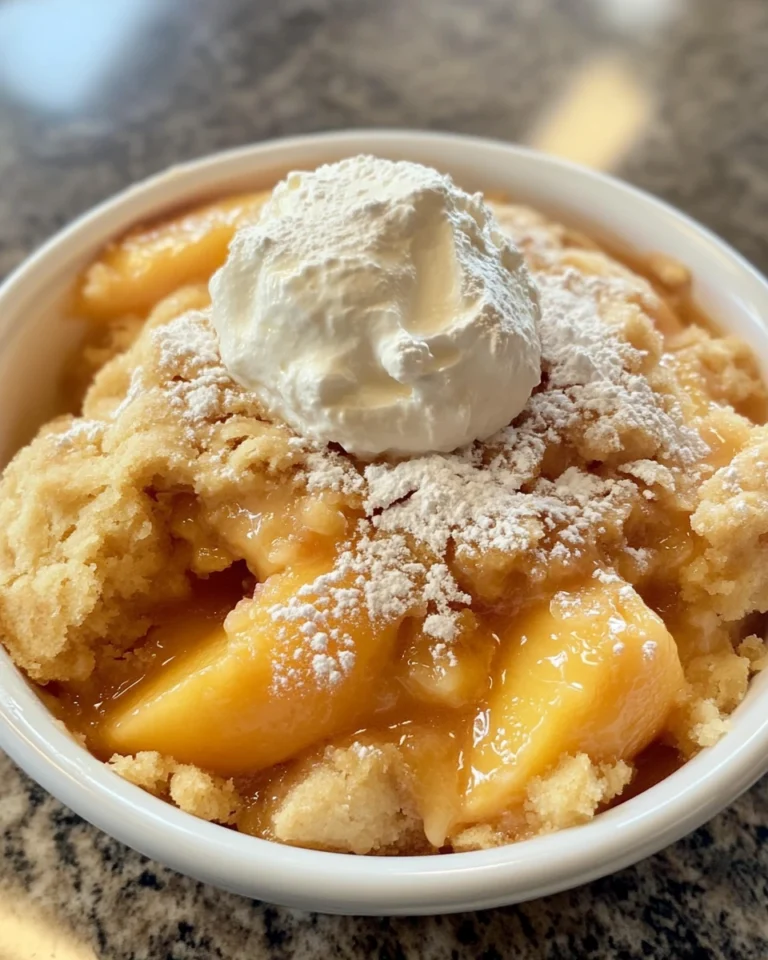The Significance of Pineapple Cake: Tradition, Prosperity
Significance of Pineapple Cake is more than just a delightful dessert. It embodies cultural heritage, prosperity, and tradition, particularly in Taiwan, where it has become one of the most iconic symbols of celebration and good fortune. The cake’s buttery, crumbly exterior paired with a tangy, sweet pineapple filling not only provides a pleasing culinary experience but also tells a story deeply embedded in the history and culture of Taiwan.
Today, Significance of Pineapple Cake is not only cherished in its place of origin but has also found its way to many parts of the world, thanks to its growing popularity among food enthusiasts and travelers. In this article, we’ll explore the significance of pineapple cake in Taiwanese culture, its fascinating history, the symbolism attached to it, how it’s made, and its growing global influence.
The Origins of Pineapple Cake
How Pineapples Came to Taiwan
The pineapple (Ananas comosus) is native to South America, where it was first cultivated by indigenous peoples. Portuguese and Spanish explorers brought the fruit to Europe and subsequently introduced it to many tropical regions, including Asia. Taiwan, with its warm and humid climate, proved to be an ideal location for growing pineapples.
In the late 19th and early 20th centuries, during the Japanese occupation of Taiwan, the pineapple industry began to flourish. The Japanese promoted pineapple cultivation, and Taiwan quickly became one of the largest exporters of canned pineapple in the world. Over time, pineapple became deeply integrated into Taiwanese cuisine, eventually giving rise to the beloved pineapple cake.
Early Uses of Pineapple in Taiwanese Cuisine
Before the creation of the modern pineapple cake, pineapples were used in various ways in Taiwanese kitchens. The fruit’s versatility allowed it to be incorporated into both savory and sweet dishes. However, it was primarily used in the form of preserves and jams due to the need to extend the shelf life of the fruit.
During this period, pineapple jam became a popular filling for pastries and cakes. The development of pineapple cake as a stand-alone delicacy was a natural progression from this culinary trend. The cake’s pastry-like dough complemented the tart sweetness of the pineapple filling, and its symbolic value made it an instant hit during festive seasons.
Evolution into a Cultural Icon
As pineapple cake grew in popularity, it became more than just a sweet treat—it turned into a symbol of Taiwanese identity. Its transformation from a homemade pastry to a commercial product, and later a luxury export, reflects Taiwan’s economic and cultural development over the years. What was once a simple fruit preserve wrapped in dough is now a representation of Taiwan’s heritage and pride.
Pineapple cake also evolved in terms of its ingredients and preparation methods. While traditional versions of the cake were relatively simple, modern interpretations have added new flavors and luxurious touches, making pineapple cake a versatile product that appeals to both locals and tourists alike.
Cultural Symbolism: Pineapple Cake as a Symbol of Prosperity
In Taiwanese culture, pineapple is a powerful symbol of prosperity, wealth, and good fortune. The word for pineapple in Taiwanese Hokkien is “ong-lai” (旺來), which sounds similar to the phrase meaning “prosperity comes.” Because of this, the pineapple has become a symbol of abundance and success, particularly during special occasions such as the Lunar New Year, weddings, and family reunions.
The Role of Pineapple Cake in Festivals and Celebrations
Pineapple cake is often given as a gift during festivals, most notably during the Lunar New Year, one of the most important holidays in the Chinese calendar. During this time, families exchange gifts and food items that symbolize good luck, wealth, and prosperity for the coming year. Pineapple cakes are often included in these exchanges, given their association with abundance and success.
In addition to the Lunar New Year, pineapple cake plays a significant role in weddings. In traditional Taiwanese wedding customs, the groom’s family presents gifts to the bride’s family, often including pineapple cakes. These cakes symbolize happiness, wealth, and fertility, making them a key part of wedding ceremonies.
The significance of pineapple cake extends to other life events as well, such as housewarmings and baby showers, where they are given as gifts to wish the recipients good fortune and happiness in their new chapter of life.
The Symbolism of the Cake’s Shape and Packaging
Pineapple cakes are typically square or rectangular in shape, which adds to their symbolic meaning. In Chinese culture, shapes such as circles and squares represent completeness, harmony, and perfection. The square shape of the cake is thought to symbolize the earth and stability, while its rich filling is a metaphor for abundance and sweetness in life.
The packaging of pineapple cakes is often elaborate, especially when they are intended as gifts. Many brands package their pineapple cakes in beautifully designed boxes, with motifs that reflect good fortune, happiness, and longevity. This attention to detail further elevates the significance of the cake, making it a treasured gift that conveys heartfelt wishes to the recipient.
Pineapple Cake and Taiwan’s Economic Success
Beyond its cultural significance, pineapple cake has become a key player in Taiwan’s economy, especially within its agricultural and tourism sectors. Taiwan’s pineapple industry has grown significantly over the years, and pineapple cake is one of its most important byproducts.
Taiwan’s Pineapple Industry
Taiwan is known for producing some of the best pineapples in the world, particularly the Golden Diamond variety, which is prized for its sweetness and low acidity. This variety is often used in making pineapple cake, contributing to the cake’s signature flavor profile.
The success of Taiwan’s pineapple industry can be traced back to the early 20th century, when the island became a major exporter of canned pineapple under Japanese rule. After World War II, the Taiwanese government continued to promote pineapple cultivation, helping to solidify its place as a key agricultural product. Today, pineapples remain one of Taiwan’s top agricultural exports, with much of the fruit used in the production of pineapple cakes.
The Growth of Pineapple Cake as a Global Export
In recent years, pineapple cake has become one of Taiwan’s most well-known exports. Specialty bakeries, such as SunnyHills and Chia Te, have gained international fame for their high-quality pineapple cakes, and the product has become a must-buy for tourists visiting Taiwan.
Pineapple cake is often marketed as a premium product, with bakeries focusing on the use of locally sourced ingredients and traditional methods of preparation. Many bakeries also emphasize the use of organic or sustainably grown pineapples, appealing to health-conscious consumers. The combination of cultural significance, high-quality ingredients, and careful craftsmanship has helped elevate the status of pineapple cake from a simple snack to a gourmet delicacy.
Pineapple Cake and Food Tourism
Taiwan has successfully turned pineapple cake into a symbol of its food culture, attracting visitors from around the world. Food tourism has become a major industry in Taiwan, with tourists eager to sample local specialties, including pineapple cake. Many bakeries offer tours and tastings, allowing visitors to learn more about the history and production of this iconic treat.
Festivals celebrating pineapple cakes have also sprung up across the country. These events often feature baking competitions, demonstrations, and opportunities for tourists to make their own cakes. The popularity of these festivals highlights the deep connection between pineapple cake and Taiwan’s cultural identity.
For tourists, pineapple cake represents more than just a souvenir—it’s a way to experience Taiwanese culture in a tangible, delicious form.
How Pineapple Cake is Made: Traditional Recipe and Variations
While there are many variations of pineapple cake, the traditional recipe remains the most beloved. At its core, a pineapple cake consists of two main components: the buttery crust and the pineapple filling.
Traditional Pineapple Cake Recipe
Here’s a step-by-step guide to making traditional Taiwanese pineapple cake:
Ingredients
For the filling:
- 500g fresh pineapple (or canned pineapple)
- 150g sugar (adjust based on sweetness preference)
- 2 tbsp lemon juice (optional, for extra tartness)
For the dough:
- 250g all-purpose flour
- 100g unsalted butter (softened)
- 50g powdered sugar
- 1 egg yolk
- 1 tsp vanilla extract
Instructions
- Prepare the Pineapple Filling:
- Peel and chop the pineapple into small pieces. If using canned pineapple, drain and chop it finely.
- In a saucepan, combine the chopped pineapple and sugar. Cook over medium heat, stirring occasionally, until the mixture thickens into a jam-like consistency. This may take about 30–40 minutes.
- Add the lemon juice (if using) to balance the sweetness of the filling. Once done, set the filling aside to cool completely.
- Make the Dough:
- In a large mixing bowl, cream together the butter and powdered sugar until light and fluffy.
- Add the egg yolk and vanilla extract, mixing until fully incorporated.
- Gradually sift in the flour and mix until the dough forms. If the dough is too sticky, add a little more flour until it becomes pliable.
- Wrap the dough in plastic wrap and refrigerate for at least 30 minutes.
- Assemble the Cakes:
- Preheat the oven to 180°C (350°F) and line a baking sheet with parchment paper.
- Remove the dough from the refrigerator and divide it into small portions (about 20–30g each).
- Flatten each portion of dough and place a spoonful of pineapple filling in the center.
- Fold the dough around the filling, shaping it into a square or rectangular block.
- Place the assembled cakes on the baking sheet and bake for 15–20 minutes, or until the edges turn golden brown.
- Serve and Enjoy:
- Once baked, allow the pineapple cakes to cool before serving. They can be enjoyed immediately or stored in an airtight container for up to a week.
Variations of Pineapple Cake
Although the traditional pineapple cake remains a favorite, modern adaptations have introduced new flavors and ingredients to cater to changing tastes and dietary preferences.
Vegan Pineapple Cake
Vegan pineapple cakes substitute traditional butter and egg with plant-based alternatives such as coconut oil and almond flour. The result is a cake that retains its rich, buttery flavor but is free from animal products. Vegan versions of pineapple cake have become increasingly popular, especially among health-conscious consumers.
Gluten-Free Pineapple Cake
For those with gluten sensitivities, gluten-free pineapple cakes are an excellent alternative. These cakes are made using gluten-free flour blends, such as rice flour or almond flour, which provide the same crumbly texture as traditional wheat flour.
Fusion Flavors
Some bakeries have experimented with adding flavors like matcha, mango, or lychee to the pineapple filling. These fusion cakes offer a unique twist on the traditional recipe, blending different flavor profiles to create something new and exciting.
The Global Popularity of Pineapple Cake
Pineapple cake has become a global sensation in recent years, thanks in large part to the rise of food tourism and the growing interest in Taiwanese cuisine. Today, you can find pineapple cakes in specialty Asian bakeries across the world, from New York to London to Tokyo.
Pineapple Cake as a Symbol of Taiwanese Identity
For many Taiwanese people living abroad, pineapple cake has become a symbol of home. The cake’s cultural significance and unique flavor make it a beloved treat for those who miss the taste of Taiwan. Pineapple cakes are often given as gifts during holidays and special occasions, even outside of Taiwan, helping to maintain cultural connections across generations and continents.
Social Media and the Pineapple Cake Craze
The rise of social media has played a significant role in boosting the global popularity of pineapple cake. Food bloggers, influencers, and travelers frequently share their experiences with Taiwanese pineapple cakes on platforms like Instagram, YouTube, and TikTok, helping to spread the word about this delicious dessert. Hashtags like #pineapplecake and #TaiwaneseFood have helped propel the cake into the spotlight, making it a must-try item for foodies around the world.
Pineapple Cake in the Global Marketplace
Many Taiwanese bakeries have expanded their operations to meet the growing international demand for pineapple cakes. Some bakeries now offer shipping to overseas customers, while others have opened branches in major cities around the world. Pineapple cakes are often featured at international food festivals and expos, where they are showcased as a quintessential Taiwanese delicacy.
Conclusion: The Lasting Significance of Pineapple Cake
Pineapple cake is far more than just a dessert. It represents prosperity, tradition, and Taiwanese identity. From its humble beginnings as a simple fruit preserve to its status as a global culinary icon, pineapple cake continues to capture the hearts and taste buds of people around the world. Whether you enjoy it during the Lunar New Year or gift it to a loved one, pineapple cake is a symbol of good fortune and happiness that transcends borders.
As pineapple cake continues to evolve with modern flavors and dietary adaptations, its cultural and economic significance remains as strong as ever. It stands as a delicious testament to Taiwan’s rich history and its ongoing influence on the global culinary scene.







